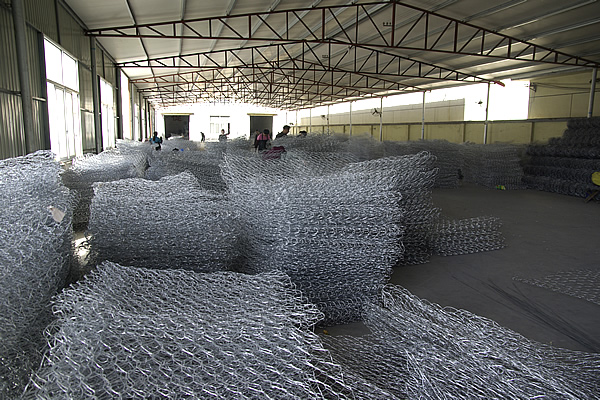 TEL:
+86-13102802206
TEL:
+86-13102802206
 Email:
fencenetting@china.com
Email:
fencenetting@china.com
 Language
Language
 TEL:
+86-13102802206
TEL:
+86-13102802206
 Email:
fencenetting@china.com
Email:
fencenetting@china.com
 Language
Language


The Versatile Applications of Steel Barbed Wire
Steel barbed wire has long been acknowledged as one of the most effective and durable fencing materials available. Originally designed for agricultural purposes, its multifaceted utility has extended into various sectors, accommodating the needs of security and boundary demarcation across the globe. With its formidable presence, steel barbed wire has become a staple in protecting properties, livestock, and personal safety.
Historical Context
The invention of barbed wire dates back to the mid-19th century, primarily initiated to provide farmers with an efficient means to fence their lands. Innovations in material selection led to steel becoming the wire of choice, offering both strength and resilience. The effectiveness of barbed wire in deterring animals and unauthorized incursions quickly established it as the industry standard. Its design involves sharp, pointed barbs spaced at regular intervals along the wire, serving as a deterrent to both human and animal intruders.
Types of Steel Barbed Wire
There are several types of steel barbed wire available today, each tailored for specific applications. The most common variations include standard barbed wire, which features a classic twist and point design, and razor wire, which offers enhanced security with its sharp, serrated edges. The choice of wire gauge and spacing between barbs can also vary, providing custom solutions for different levels of protection. For instance, heavier gauge wire is often employed in high-security environments, while lighter options may be suitable for agricultural use.
Applications in Agriculture
In agriculture, steel barbed wire serves as an essential tool for safeguarding crops and livestock. Farmers utilize it to create enclosures that protect their animals from predators, as well as to delineate property lines. Its durability against weather elements ensures a long life span, reducing the need for frequent replacements. Moreover, the cost-effectiveness and ease of installation when compared to traditional fencing methods make it an attractive choice for rural communities.

Security and Military Uses
Beyond agricultural applications, steel barbed wire has become synonymous with security and military applications. Perimeter fencing around military bases, prisons, and high-security facilities routinely incorporates barbed wire to prevent unauthorized access. The psychological impact of barbed wire cannot be overlooked, as its mere presence serves as a visual deterrent. In wartime scenarios, barbed wire can impede enemy movement, making it a strategic asset in defense mechanisms.
Challenges and Considerations
Despite its numerous advantages, there are certain challenges associated with the use of steel barbed wire. For instance, its presence can pose risks to wildlife, as animals can become entangled in the wire. As a result, there have been calls for the use of alternatives or measures to mitigate the ecological impact. Moreover, the effectiveness of barbed wire can be compromised if not maintained properly. Regular inspections are necessary to ensure that the wire remains tight and the barbs are intact.
Future Perspectives
Looking ahead, advancements in technology may lead to the development of even more efficient fencing solutions. Smart fencing systems with integrated sensors could enhance security by notifying property owners of potential breaches. However, the simplicity and robustness of steel barbed wire ensure that it will remain a relevant and practical fencing option for years to come.
Conclusion
Steel barbed wire is a versatile and effective fencing solution that has proven its worth across multiple sectors, from agriculture to security. Its durability, cost-effectiveness, and ease of installation solidify its status as a go-to material for boundary demarcation and protection. As we continue to innovate and find more efficient ways to address the challenges of land and asset protection, steel barbed wire will undoubtedly play a critical role in shaping our approach to security and enclosure for generations to come.